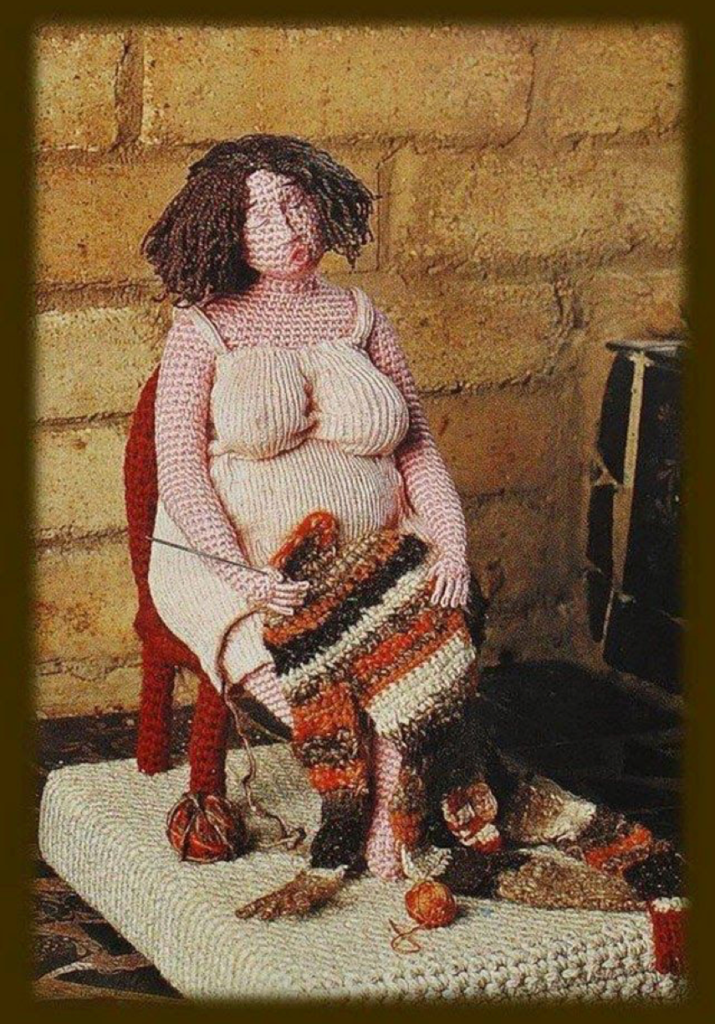(February 15, 2021) Yulia Ustinova, the Russian artist, uses ‘tetki’– a Russian word for “uneducated, ungroomed women’ as a foundation for a rich world of women and half-animal creatures.” In an interview with an Australian gallery in 2013, she says she now refers to them as ladies, or ‘plumpies.’
Ustinova deftly uses small props to imply stories for her figures. While their poses are relaxed and natural, many of her female figures suggest goddesses, as they play music instruments and appear on pedestals, their generous curves calling to mind the Venus of Willendorf.
Despite the bright colours, Ustinova’s figures have a realistic weight and spread to their limbs- she uses tightly packed wool and a metal ‘carcass’ inside their colourful skin. And though the figures sparkle with vivacity, Ustinova says that she sees a distilled sadness in them—’a difficult personal life,’ or misfortune in love. With university training in the ‘pictorial arts,’ she currently works as a professional illustrator.
While the mythic appeal of her sculptures is obvious, Ustinova’s work is not well known outside Russia. Her work is on permanent display at the Olga Okudzava museum of author dolls, and intermittently at the Central House of Artists.
And she was the artist of the day in an American blog in Visual Diplomacy USA in 2018.
Related
McCord Museum: Fashion creators in textile October 23, 2020
Aga Khan Museum: The first Western museum devoted to Islamic art October 12, 2020
Local museums: “Curiosity is at the heart of equity.” September 23, 2020
Amherstburg Freedom Museum: Commemorating the Underground Railroad in Canada September 16, 2020
17th century donor recognition, Dutch master style June 3, 2020
Canada’s history: Through the lens of the individual May 6, 2020
Art of the Rock April 22, 2020
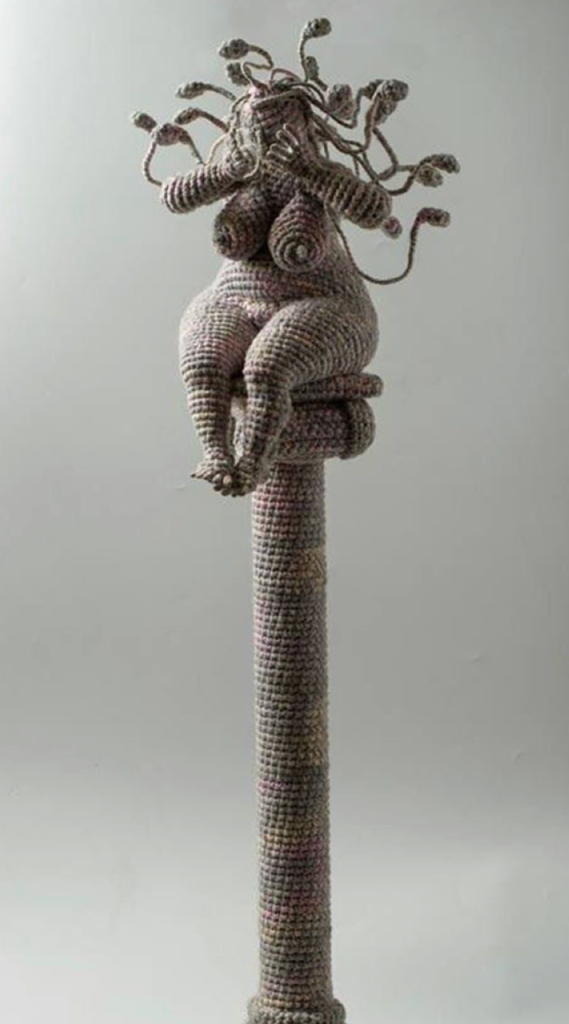
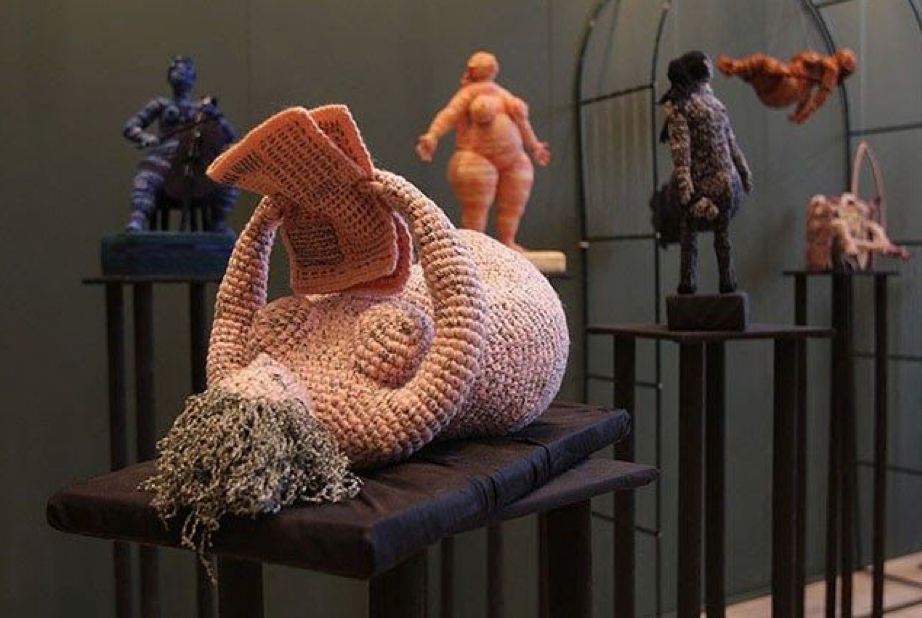
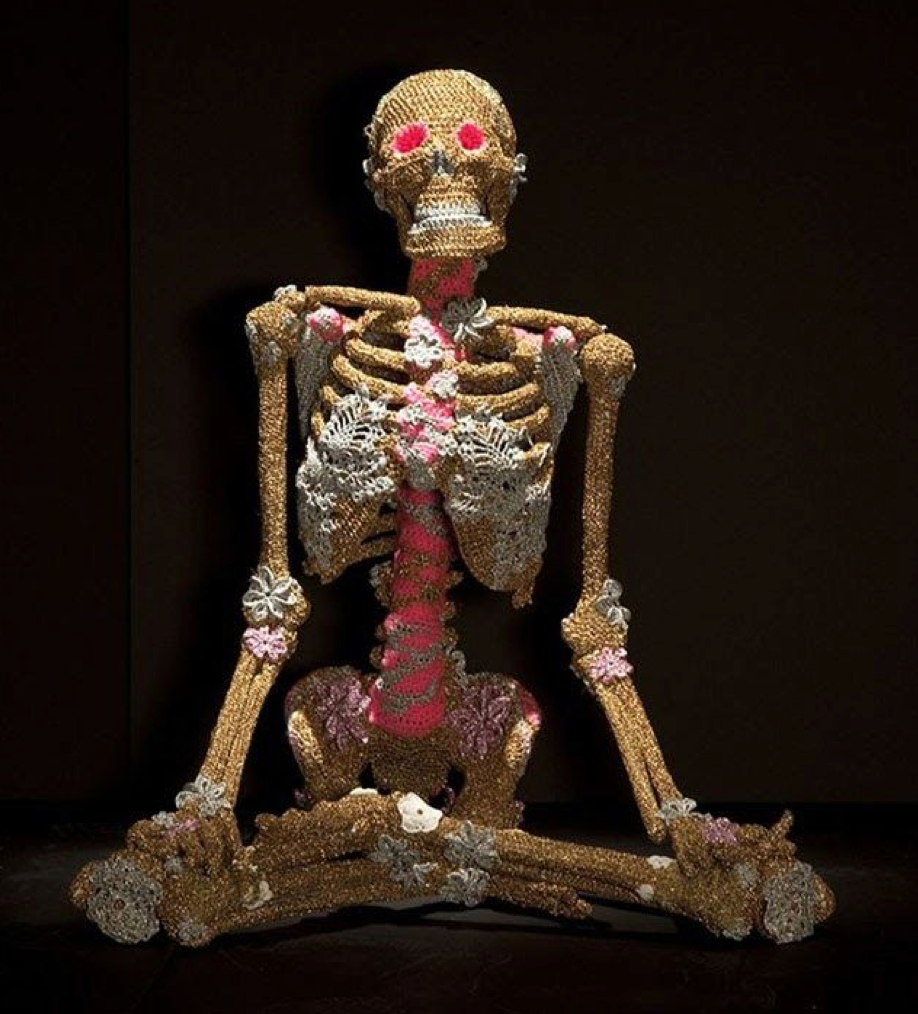
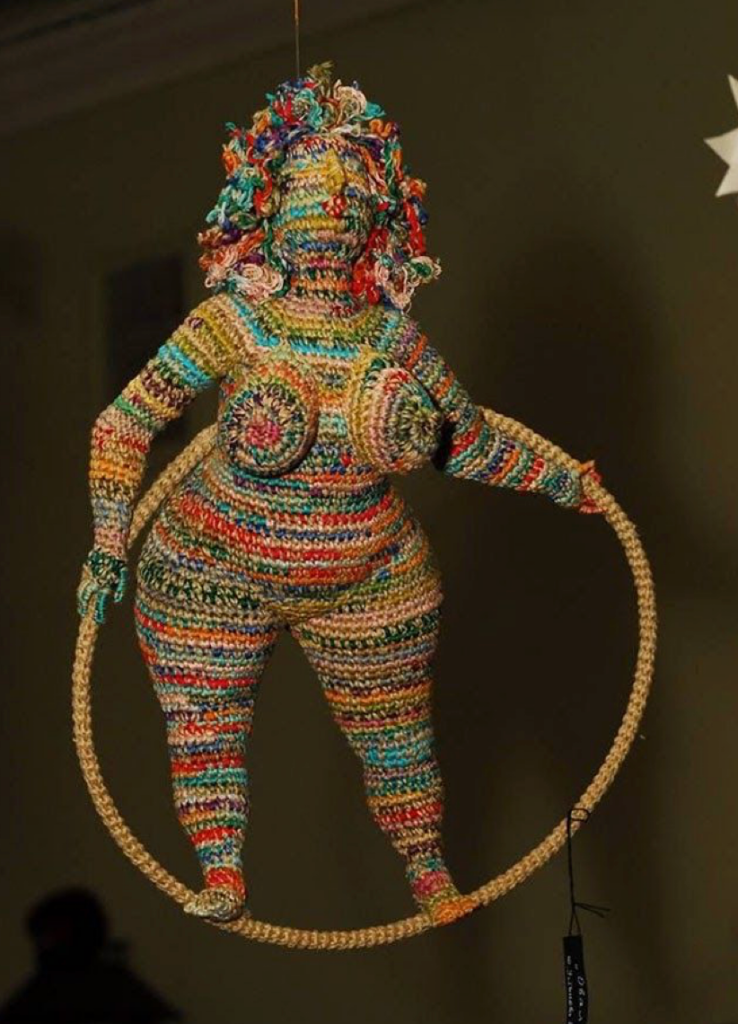
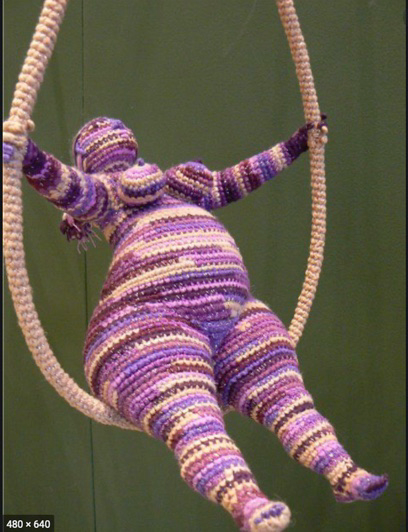

Feature Photo
